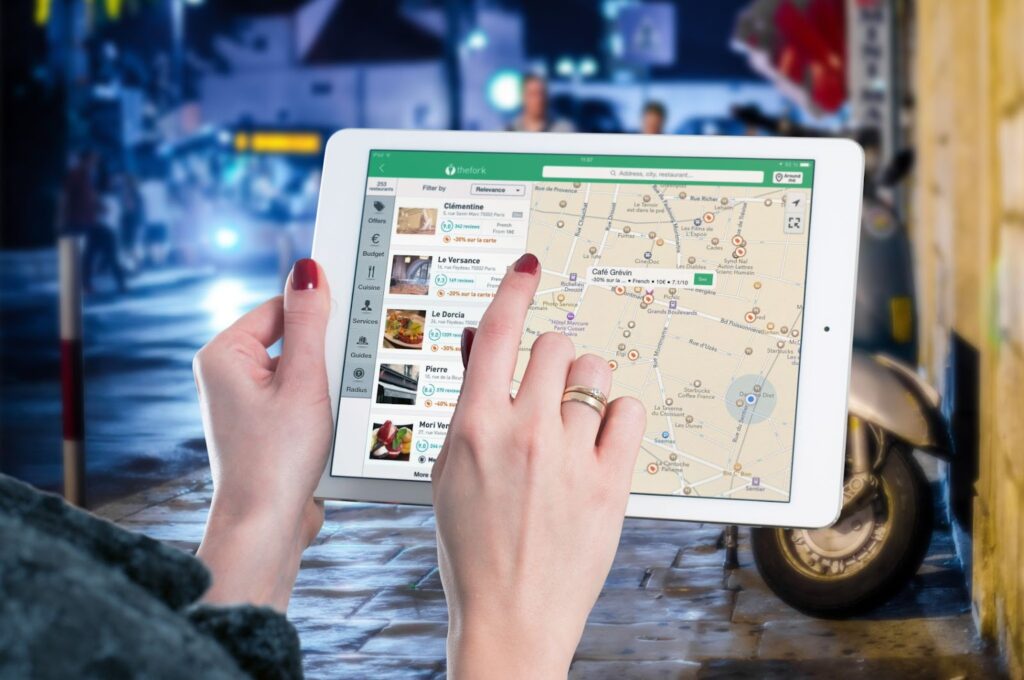Geotagging for Small Businesses – All You Need to Know
What is Geotagging?
Geotagging is the process of adding geographical identification metadata to various media such as websites, photos, and videos. This data can then be used to pinpoint the exact location of where the media was taken or created.
What are the benefits of Geotagging?
There are many benefits to geotagging for small businesses.
Perhaps the most obvious benefit is that it helps customers find your business.
If you have a brick-and-mortar store, geotagging your website and social media content with your store’s location will make it much easier for customers who are searching for businesses like yours in their area. Geotagging can also help you reach a wider audience by making your content more discoverable to people who are searching for content from a specific location.
And finally, geotagging can help you better understand your customers’ needs and preferences. By analyzing the geotagged data associated with your content, you can gain valuable insights into things like where your customers are located, what time of day they are most active online, and what kind of content they prefer.
With all of these benefits, it’s no wonder that more and more businesses are jumping on the geotagging bandwagon. Keep reading to learn all you need to know about geotagging for small businesses.
How to Geotag Your Website and Social Media Content
If you’re ready to start reaping the benefits of geotagging, there are a few things you need to know first. Here’s a quick step-by-step guide to help you get started:

Determine the geographical areas you want to target
The first step is to identify the geographical areas that are most relevant to your business.
For example, if you have a brick-and-mortar store that serves a local community, you will want to focus on tagging content with your store’s location. If you sell products or services online and ship them nationally or internationally, you may want to consider tagging your content with multiple locations.
Choose the right keywords
Once you’ve determined the geographical areas you want to target, it’s time to choose the right keywords. When selecting keywords for geotagging, be sure to focus on relevance, searcher intent, and competition.
For example, if you own a bakery in Los Angeles, some relevant keywords might be “Los Angeles bakery,” “best bakery in LA,” or “LA cupcakes.”
Add geographic tags to your website and social media content
Now it’s time to start tagging! Most websites and social media platforms make it easy to add geographic tags to your content. For example, on Facebook, simply click “Add Location” when creating a new post; on Twitter, include a location tag in your tweets by typing “location:cityname” before your message; on Instagram, select a location from the “Add Location” menu when creating a new post; and on YouTube, select a location from the “Location” drop-down menu when uploading a new video.
Geotagging is becoming increasingly popular among small businesses because it offers so many benefits—including making it easier for customers to find your business online, increasing the reach of your content, and helping you better understand your customers’ needs and preferences. The good news is that geotagging is relatively easy to do; simply determine the geographical areas you want to target, choose the right keywords, and add geographic tags to your website and social media content. By following these simple steps, you can start enjoying all the benefits that geotagging has to offer!
Add photos and videos.
Another great way to optimize your GMB page is to add photos and videos. Customers love seeing images and videos of businesses before they visit, so this is a great way to give them a taste of what you have to offer. Try adding photos of your products or services, as well as any exterior and interior shots of your business if you have them. You could also add videos of customer testimonials or product demonstrations.

Encourage reviews.
Finally, one of the best ways to optimize your GMB page is by encouraging customers to leave reviews. Reviews not only help improve your ranking in search results, but they also give potential customers a better sense of what it’s like doing business with you. So be sure to encourage happy customers to leave reviews on your GMB page—and respond promptly to any negative reviews that come in.
By following these simple tips, you can make sure your Google My Business page is optimized for maximum visibility—helping you attract more customers and grow your business!
